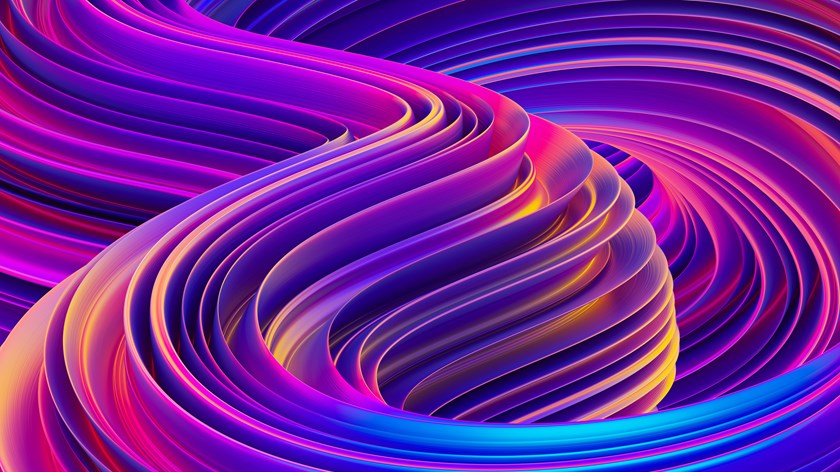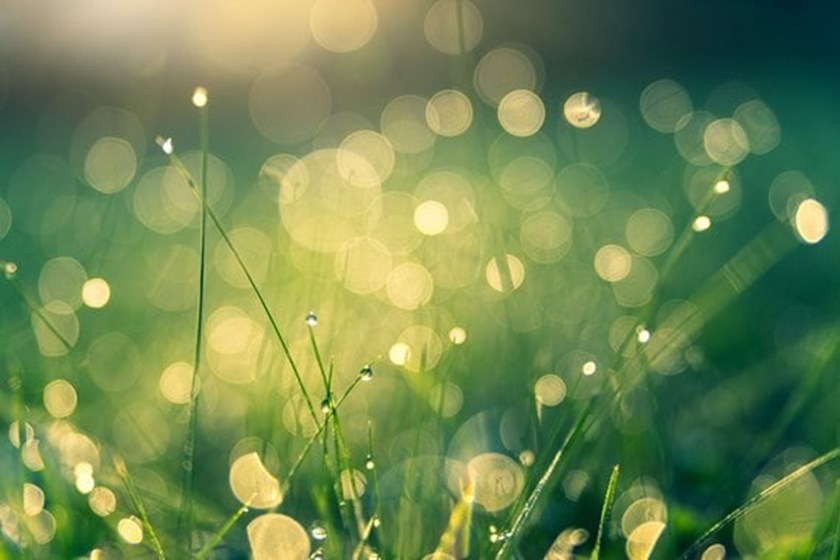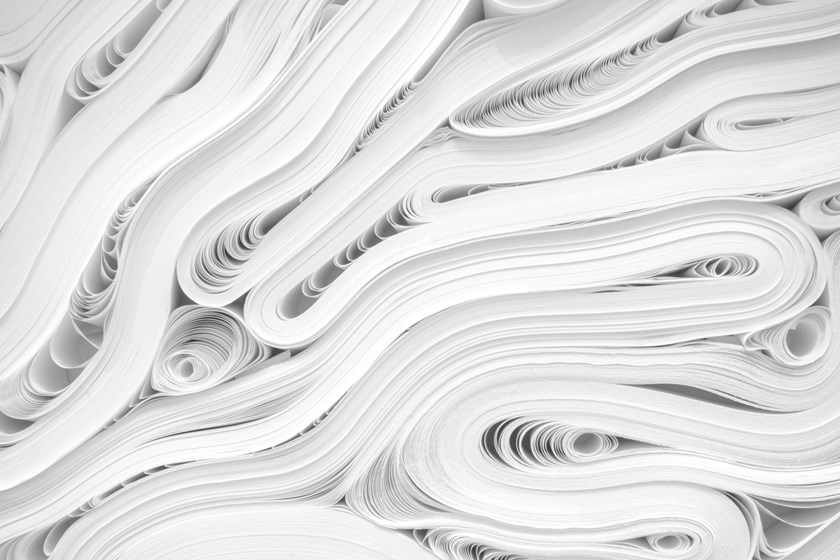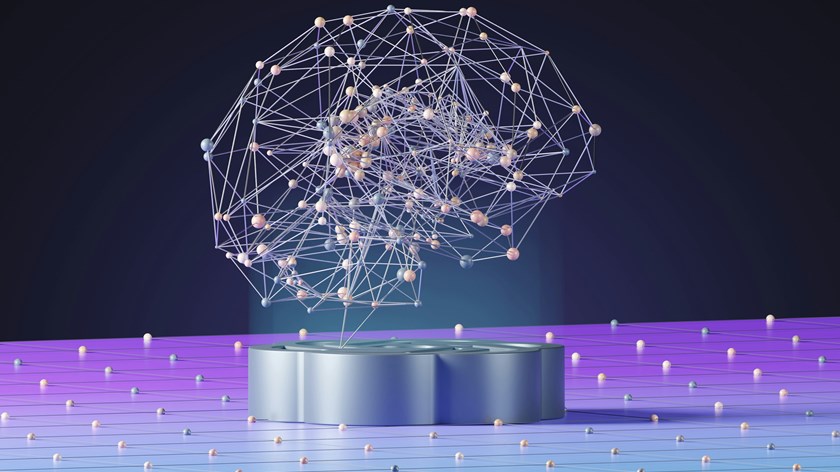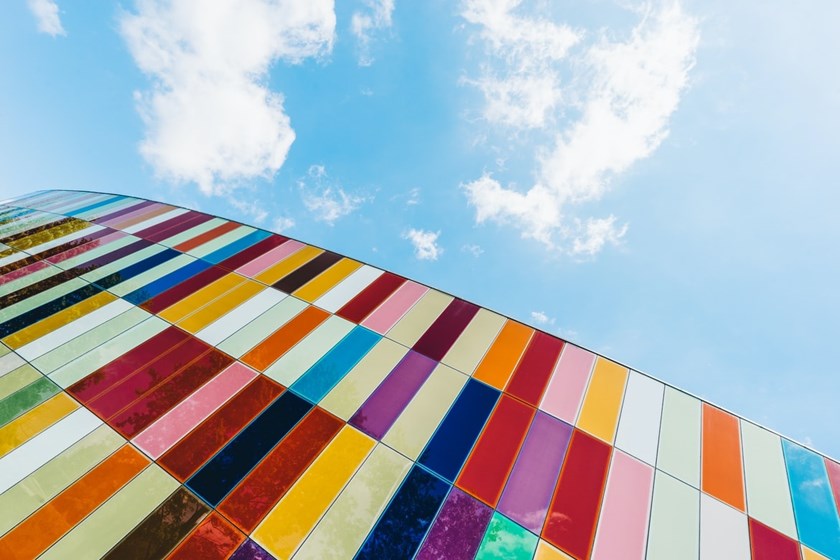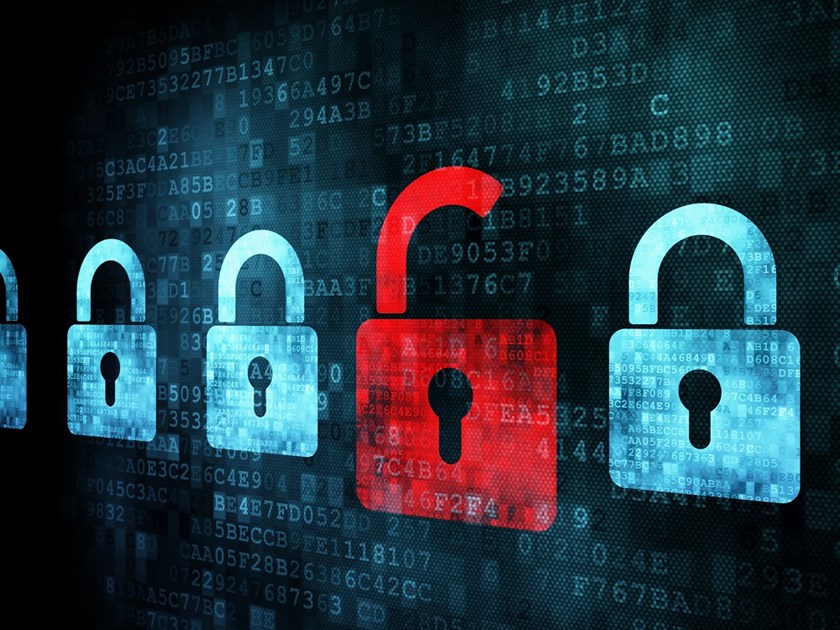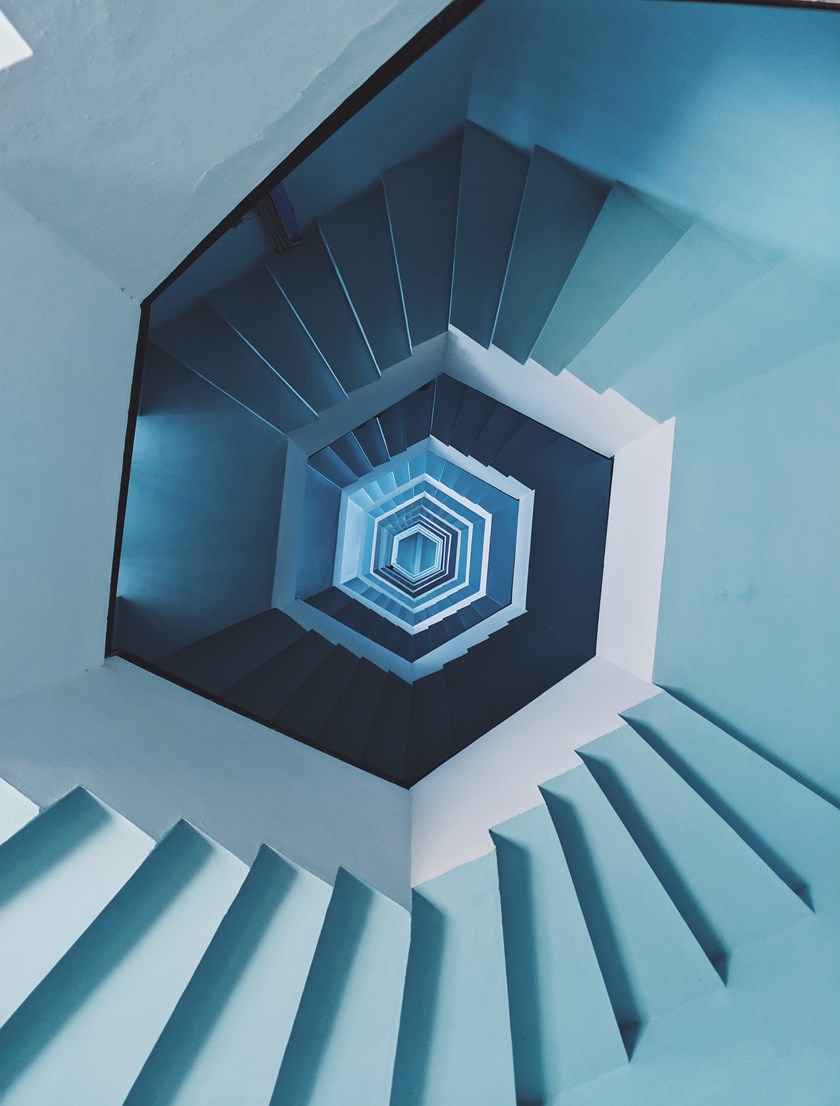AI-generated art: a new dawn for creativity, or a black hole for intellectual property rights?
Insight
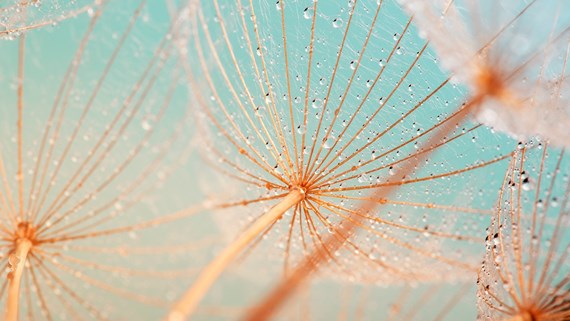
In this article, we examine when copyright may subsist in AI-generated artworks, how that copyright can be infringed and protected, and how the legislative landscape in the UK may change in the coming months and years.
But first, some background...
On 25 October 2015 Portrait of Edmond Belamy sold for $432,500, by auction at Christie’s in New York. At first glance, the portrait, sat comfortably in its gilt frame, appears to be the unfinished work of an 18th century artist. However, its origins are far more contemporary; the portrait is in fact the work of Obvious, a Paris-based collective which explores the interface between art and artificial intelligence. The portrait was created by an algorithm, working off a database of around 15,000 works of art painted between the 14th and 20th centuries. Sold for nearly 45 times its asking price, this was the first sale by an auction house of a work of art created by an algorithm.
The use of artificial intelligence in the arts has seen unprecedented growth across the industry over recent years. As a newfound “material” for artistic creation, AI is frequently becoming the subject matter and focus of exhibitions at galleries and museums around the world. And for cultural heritage sector researchers, AI also offers an entirely new way of accessing and understanding collections, from digitising and cataloguing works to assisting with conservation techniques and analysing authenticity. One pioneering AI system created by Art Recognition made headlines in 2021 by suggesting that the disputed painting Samson and Delilah in London’s National Gallery was not, in fact, created by Reubens.
AI-generated art has recently taken the popular world by storm, with the arrival of open access apps which enable the public to create their own works of art at the click of a button. The best known, DALL-E, Midjourney and Stable Diffusion, are all AI-based apps which work along similar lines: a user enters a series of words into a text box and the platform generates an image based on those words, often within a matter of seconds. The apps are built by scraping millions of online images and creating algorithms to recognise patterns and relationships between those images in order to generate new ones in the same style. The explosion of images created “in the style of Wes Anderson” is an obvious example.
However, while AI in the arts has been praised by some as heralding a digital renaissance, it has also been criticised by others as a threat to artists’ intellectual property rights. Among creatives, the reaction to the emergence of AI-generated artwork has, perhaps unsurprisingly, been mixed. The New York Times ran the headline “Artists Aren’t Happy” on 2 September 2022, after an AI-generated picture won an art prize in Colorado. More recently, in April 2023, German photographer Boris Eldagasen refused a prize from the prestigious Sony World Photography Award as he had in fact used an AI image generator to help create his submission.
When will copyright subsist in AI-generated art?
In the UK, the Copyright, Designs and Patents Act 1988 (the CDPA) sets out the legal framework governing when copyright will subsist in a work, who will be the author and owner of that work (which may be different people or entities), how the work can be infringed, and how rights in copyright can be enforced and protected.
Under Section 1(1) of the CDPA, copyright subsists in the following:
- Original literary, dramatic, musical or artistic works (including computer programmes and databases),
- Sound recordings, films or broadcasts, and
- The typographic arrangement of published editions.
In the context of AI-generated art, copyright might therefore subsist in:
- The database which is used to train and operate the AI system,
- The artworks within that database (including photographs of those works),
- The artwork which is created by the AI system, and
- The software code used to write and create the AI system.
Under the CDPA, the “author” of a work is the person who creates it. In the case of a work which is computer-generated, Section 9(3) of the CDPA provides that “the author shall be taken to be the person by whom the arrangements necessary for the creation of the work are undertaken”. Quite who this is in the case of AI-generated art is up for debate: it could be the creator of the AI system itself, and / or the person who has instructed that system to generate such artwork, but clearly the current copyright framework in the UK (and elsewhere) is capable of applying to AI-generated work.
However, not all artistic works created by AI will be protected by copyright. As mentioned, in order for copyright to subsist in an artistic work it must be “original”. In the UK, originality is traditionally found by virtue of a human’s skill, labour and judgment. It is unclear how these concepts will apply to artistic works created by artificial intelligence. Indeed, it is important to remember that the CDPA was drafted at a time when the current advancements in AI technology did not exist. In 1998, a “computer generated work” was a work created with the assistance of, not by, a computer. Further, it is becoming clear that AI systems are capable of exercising a degree of judgement in their decision-making.
In response to a recent UK Intellectual Property Office (IPO) consultation on the protection of AI-generated works, the UK Government concluded that computer-generated works without a human author do not currently enjoy copyright protection. However, for the reasons outlined above, it is unclear which works would be considered to have, or not to have, a human author under the CDPA. The Government has therefore advised that it will keep this position under review as the use of AI evolves, and might clarify, amend, replace or remove copyright protections in future if there is evidence to support those changes.
Who owns copyright in a work?
As a rule of thumb, for many types of copyright work (with some notable exceptions including film and sound recordings), the author of a work will be the first owner of any copyright in it, unless the work is made by an employee in the course of their employment. In this case, subject to any agreement to the contrary, the employer will be the first owner.
Ownership of copyright can also be assigned, for example to a purchaser of the work. The position in respect of the ownership of the outputs of app and web-based AI-systems is less clear-cut. For example, in its terms of use, OpenAI (which owns and operates DALL-E) provides that users will own all content inputted to the app (“input”), and it (OpenAI) will own all content produced by the app (“output”). OpenAI then assigns to the user “all its right, title and interest” in and to the output “for any purposes, including commercial purposes such as sale or publication”. However, as a default, OpenAI retains rights to use the input and output to provide and maintain its services. This would suggest that, at least in the case of ChatGPT, the user will own any copyright subsisting (if any) in its output. However, different systems may take different approaches. And, crucially, there is no case law (yet) to settle the point.
What are a copyright owner’s rights in respect of their works?
Under the CDPA, the owner of copyright has the following exclusive rights (among others):
Reproduction Right: to copy the work (including by reproducing it in any material form, storing the work by electronic means, and making a copy in two dimensions of a three-dimensional work), and
Transformation Right: to prepare derivative works.
It is important to note that under the CDPA, copyright will generally expire at the end of the period of 70 years from the end of the calendar year in which the author dies. Copyright will not be infringed where the author’s rights have expired.
How can copyright be infringed?
Reproduction Right
Most of the AI-generated artworks that have emerged over recent years have used a class of algorithms called generative adversarial networks (GANs). First introduced by computer scientist Ian Goodfellow in 2014, GANs involve image generation by teaching the system how to judge, use and curate images based on a database of works.
In practice, there is a risk these systems could infringe the copyright in the artistic works comprising their databases by making copies of those artworks (eg by storing them in the database for training or exploitation purposes) and communicating them to the public (eg by making them available online or via their app-based facility). While this risk is lower where the database is made up of out-of-copyright works (eg paintings by 14th century artists), there is nevertheless a real risk of infringing contemporary artists’ works (or digital images of out-of-copyright works), particularly where the creators of the AI system are indiscriminate in the images being chosen and used in their databases.
It is precisely for this reason that Getty Images has recently issued proceedings against Stability AI for use of its copyright works, specifically on the basis that Stability AI has: “unlawfully copied and processed millions of images protected by copyright and the associated metadata owned or represented by Getty Images absent a license to benefit Stability AI’s commercial interests and to the detriment of the content creators”. It will be interesting to see how the courts deal with this claim, and we will issue a further briefing note on the case in due course.
In one sense, the Getty Images case appears to be straightforward, as the images created using Stability AI’s technology still bear Getty Images watermarks. In other cases, it may be more difficult to prove that copying has taken place. And where it has, it may involve a wide range of copyright works with diverse owners where only very small parts of the protected works have been utilised. The practicality of individual claimants or groups or classes of claimants bringing such claims is not straightforward. In some senses it may resemble the difficulties that claimants have had in bringing court proceedings where there have been breaches of data protection laws: individual claims are often uneconomic to pursue given the costs involved, representative class actions do not work because the class does not satisfy the “same interest” test, and group actions are problematic because it can be difficult to persuade individuals to sign-up to the opt-in group.
Transformation Right
If the AI system has been trained using a database comprised of copyright works, there is also a potential risk that the output work will materially reproduce or resemble parts of those copyright works, thereby potentially infringing the owner’s right to make derivative works.
Defences & Exceptions
Given the Government’s response to clarifications or amendments required to the CDPA following the UK IPO consultation noted above, we may see more claims for infringement of copyright being defended on the basis that the works lack “originality” because they were not created with human involvement and therefore do not benefit from copyright protection under the CDPA.
Indeed, precisely this defence was run in the USA in the case Yuga Labs v Ryder Ripps and Jeremy Cahen, which concerned the infamous bored ape images traded as NFTs by Yuga Labs. In that case, the defence was ultimately unsuccessful. However, at the time of writing, the defendants have suggested that they are considering an appeal.
There are also a number of exemptions under the CDPA, which – if satisfied – will mean that copyright is not being infringed. Creators of AI systems may seek to rely on one or more of the following exemptions in particular:
Temporary copies can be made during processes such as web browsing, provided that they do not have independent economic significance and enable lawful use of the work. In theory, this exemption might apply to AI-generated images that are available on an exclusively temporary basis (eg on app or web-based platforms), and which cannot be downloaded, saved or transferred for value. However, this exemption is unlikely to apply to AI-generated artworks which are bought and sold on the open market.
Text and data mining for non-commercial research, ie the use of computational techniques to analyse large amounts of data to establish trends and examine analytics, is permitted. As mentioned, some AI systems are being used for research purposes, for example in the context of the conservation of artworks or the verification of authenticity. However, in other contexts AI-generated art is inherently commercial, most obviously where artworks are offered for display or sale. While the UK Government had previously announced plans to expand this exemption to cover commercial purposes, on 7 February 2023 the Government withdrew this proposal following substantial criticism from creative sectors, who were of the view that any form of open access text and data mining should be on an opt-in basis for rights holders.
Fair dealing is also permitted, for example for the purposes of caricature, parody, or pastiche. Although this may be arguable in certain specific cases (for example AI generated images generated “in the style of”), reliance on this exemption has not yet been tried or tested in the courts.
What next?
The UK Government has been vocal about its ambition for the nation to be “the best place in the world for research and innovation, and at the forefront of the artificial intelligence and data revolution”. In March 2023, the Government released its White Paper on AI Regulation, which discusses the Government’s plan to develop a “regulatory sandbox” over the coming months, asking multiple regulators to look at areas where there is a lack of clarity concerning the regulation of AI technology. The pro-innovation approach sets out principles of safety, fairness and accountability in the use of AI generally, and acknowledges that a code of practice is needed to support AI companies in accessing copyright works specifically (eg for the purpose of training models) while ensuring that there are protections on generated outputs to support rights holders such as visual artists and other creators. The UK IPO will produce this code of practice, following consultation with AI firms and IP rights holders.
Clearly, this is a rapidly evolving legal and technological landscape. There is concern among industry professionals that as different countries also grapple with the regulation of AI, they may take very different views and approaches regarding the subsistence of intellectual property rights in AI-generated works. If this is the case, it will inevitably lead to variable levels of protection for the same works around the world. Importantly, this could in turn result in commercial uncertainty for the creators or owners of AI-generated artworks, not least because a question mark over the status of the intellectual property rights in their works will go directly to their value.
We will prepare further updates on this topic in due course as the Government’s position becomes clearer over the coming months. For the time being, we would advise professionals working in the arts industry to keep up-to-date and to take advice when considering the use of AI systems or the purchase or exploitation of AI-generated artworks.
This publication is a general summary of the law. It should not replace legal advice tailored to your specific circumstances.
© Farrer & Co LLP, June 2023
